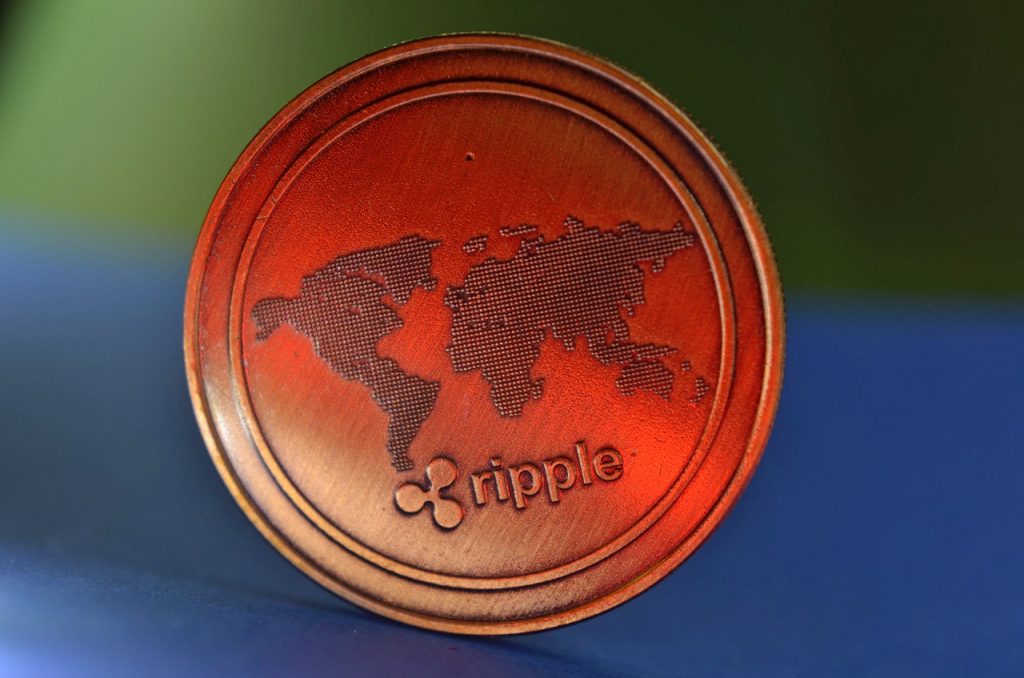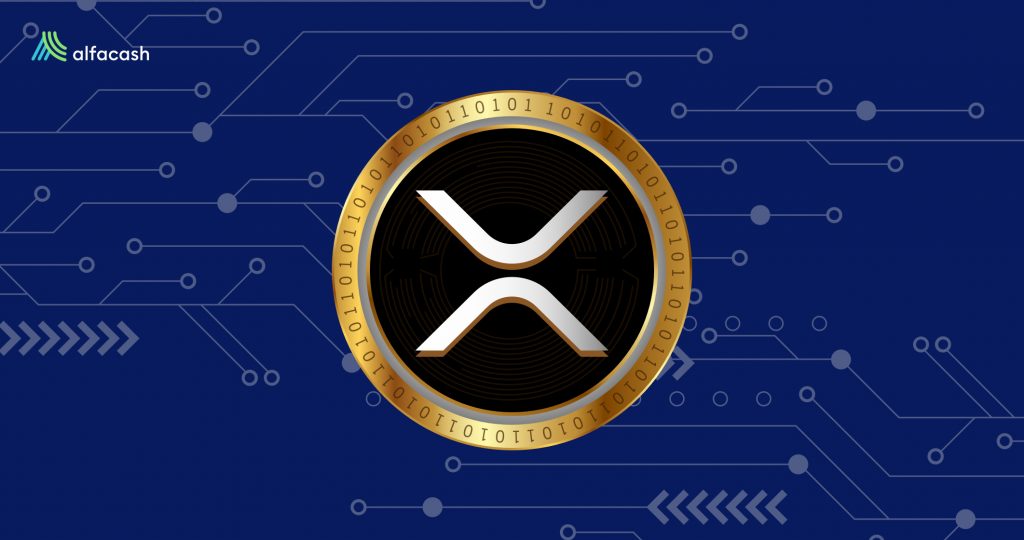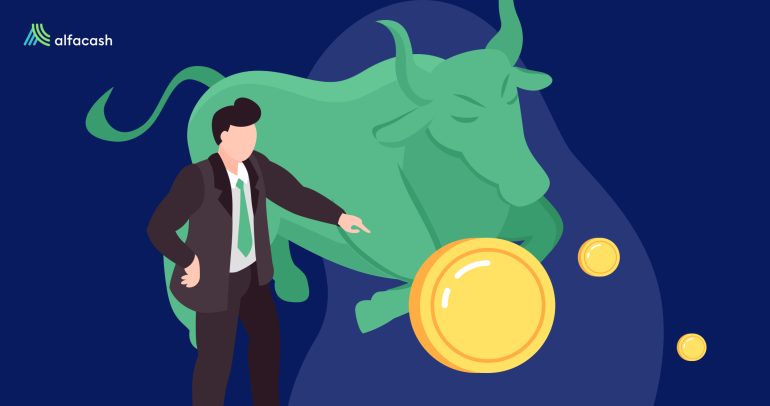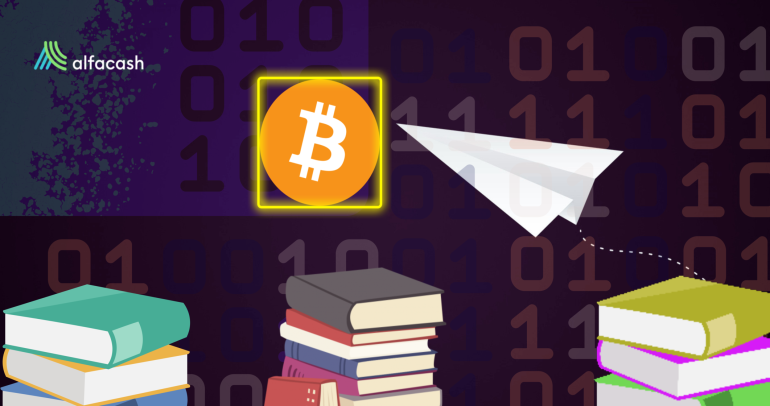Ripple (XRP) is a cryptocurrency. Also, it’s a company that offers businesses instant international payments. Its history dates back to 2004. Since then, it has been a very attractive option for banks worldwide. Let’s find out what Ripple XRP is and why it is still in one of the top positions in the market.
What is Ripple XRP
Ripple offers enterprise-level solutions. Its objective is to grant speed, transparency, and profitability over traditional financial services. Moreover, XRP transactions take about 4 seconds, making this cryptocurrency an excellent option for cross-border payments.
Ripple is used for low-fee currency exchange, instant international transactions, and as a payment ecosystem for users to issue cryptocurrency to meet their needs.
Ripple’s Origins
In 2004, Ryan Fugger had the idea to develop a decentralized payment system called RipplePay. In 2005 this web developer from Vancouver launched RipplePay with the concept of offering secure payments worldwide and a means for everyone to develop their virtual currency easily.
To understand what Ripple (XRP) is, we must travel to 2012, when entrepreneurs Jed McCaleb and Chris Larsen presented Fugger with the idea of creating a new digital currency. This coin would be based on a consensus verification system and not mining, unlike Bitcoin. Consequently, Fugger decided to give them the company.
Therefore, RipplePay was renamed OpenCoin. Since then, its blockchain began to offer payment solutions to banks and financial institutions. Likewise, this blockchain would provide currency exchange services while storing the accounting information of network members.

Then, in 2013 the founders of OpenCoin changed their name to RippleLabs, and in 2015 the company was called Ripple. Finally, the Ripple community decided to call the cryptocurrency XRP to differentiate it from the parent company in 2018.
How does Ripple XRP work?
Routing of payments is one of the central factors in understanding what Ripple XRP is. Thus, the fundamental idea of this system is making possible to send payments through open networks based on trust.
XRP doesn’t work through a blockchain. Instead, it operates through its consensus (RPCA) and Distributed Ledger Technology (DLT). For this reason, RippleNet has special servers that validate XRP transactions.
All network participants must democratically participate in the system’s decisions for this system to work. Hence, Ripple validators do not receive a reward like with Bitcoin mining.
The Ripple Protocol Consensus Algorithm
The Ripple Protocol Consensus Algorithm (RPCA) is responsible for the operation of Ripple. Ripple developers designed the RPCA in 2014 to make the network Byzantine Fault Tolerant (BFT).
Thus, each server takes the transactions as valid at an early stage. Subsequently, a server gathers a series of transactions that the rest of the servers have propagated and votes on their veracity.
The final consensus round is the one that transfers the transactions to the ledger. For this to happen, the transactions require more than 80% consensus among all the servers that evaluated it and voted positively on its veracity.
How many XRP are in circulation?
In October 2022, XRP ranks sixth in the cryptocurrency market, with a capitalization of $23 billion. There is currently a total of 49.89 Billions of XRP in circulation out of a total supply of 100 Billion.
Although Ripple is not mineable, since its launch, it has a “premine” of 100 billion XRP. Likewise, it has a deposit of 46.5 billion XRP, of which 1,000 XRP are sent to Ripple every first of the month. After that, the company decides how much XRP to use as a funding source, and the rest is returned to the deposit.
What is XRP: the good, the bad, and the ugly
Associations with Banks
RippleLabs’ alliances with prominent international banks to make cross-border payments include BBVA, Santander, Axis Bank, Yes Bank, Westpac, Union Credit, NBAD, UBS, Itaú, the Federal Bank of India, the SBI Financial Group of Japan, and the German Reisebank network of banks.
Likewise, XRP is compatible with the universal payment network Corda Settler from the company R3. All these alliances account for the acceptance of XRP in traditional markets.
The SEC lawsuit against Ripple
We cannot define what Ripple XRP is without mentioning the lawsuit against the company. On December 22, 2020, the United States Securities and Exchange Commission (SEC) sued Ripple Labs and its executives for allegedly conducting a “$1.3 billion Unregistered Securities Offering” of XRP. The SEC argued that XRP is a security, not a currency.
In 2021, the investors affected by the lawsuit archiviato charges against the SEC, alleging that the Commission did not act in time and hurt them instead of helping them. Thus, the cryptocurrency had lost 60% of its value since the first demand announcement, and about ten exchanges stopped trading.
Furthermore, the plaintiffs asserted that the SEC’s actions were seven years too late. Also, they pointed out that Jay Clayton, the then president of the SEC, could have had personal reasons to sue RippleLabs.
By December 2022, this conflict could come to an end. For this reason, in September, the price of Ripple was revalued by 50%, reaching $0.5 per unit, a price that had not been seen since May.
Ripple has shown that it is a solid project. Despite having spent two years in legal conflicts in the United States, it continues to lead the first places in market capitalization and attract the attention of financial institutions worldwide.
Wanna trade, XRP, BTC, ETH, and other tokens? You can do it in modo sicuro su AlfacashE non dimenticare che stiamo parlando di questo e di tante altre cose sui nostri social media.
Telegramma * Facebook * Instagram * Youtube *Twitter








